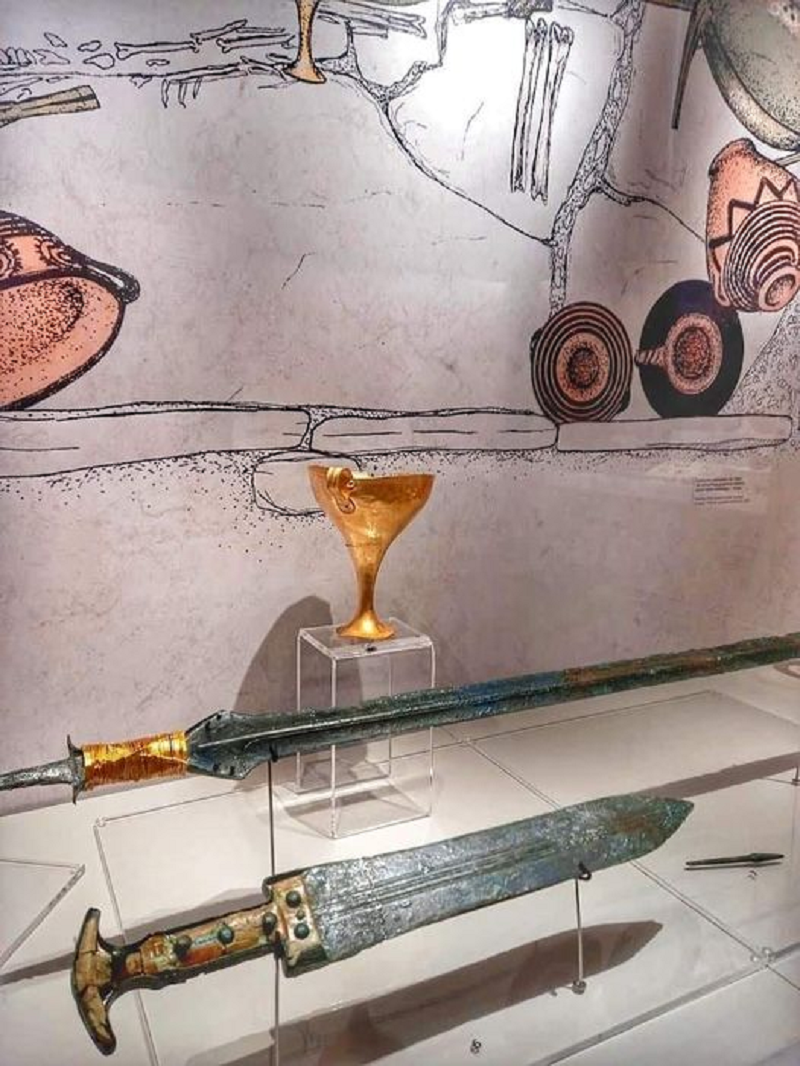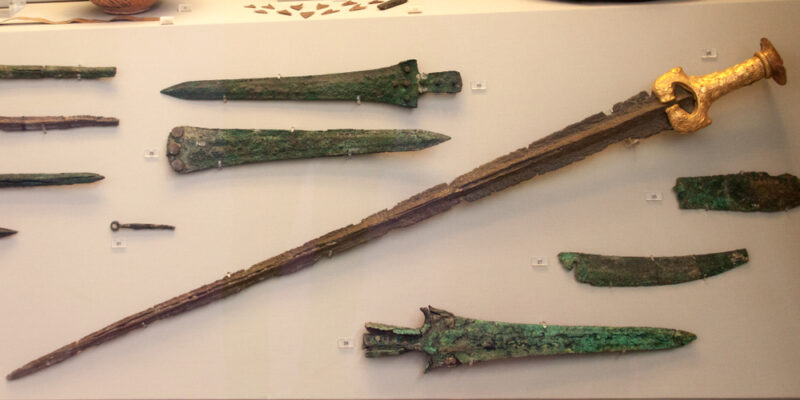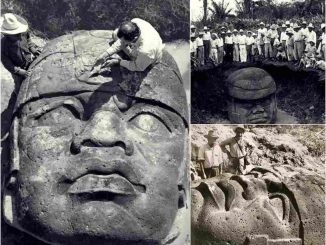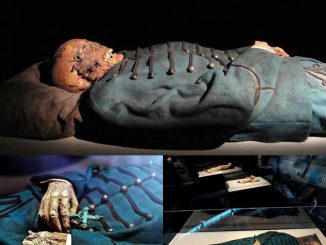In the heart of Greece, nestled within the picturesque landscapes of the Aetolia-Acarnania region, lies a treasure trove of ancient history waiting to be discovered. Amongst the whispers of the past, archaeologists have unearthed a remarkable find—a tomb believed to have belonged to a Mycenaean lord-warrior, dating back to 1500 BC. This tomb, found in Kuvaràs, has yielded extraordinary artifacts that offer us a glimpse into the lavish lifestyle and martial prowess of the Mycenaean elite. Among these artifacts are three exceptional pieces—a bronze Naue II type sword adorned with gold wire decoration on the hilt, a Mycenaean-type sword featuring an ivory hilt, and a stunning gold goblet. Let us embark on a journey through time and delve into the stories behind these ancient treasures.

The bronze Naue II type sword is a testament to the craftsmanship of the Mycenaean artisans. With its slender blade and intricate gold wire decoration on the hilt, this weapon reflects not only the martial prowess of its owner but also the importance placed on aesthetics and luxury. The Mycenaean civilization, known for its skilled metalwork, produced weapons of exceptional quality, often embellished with precious metals and intricate designs. The discovery of such a finely crafted sword in the tomb of a Mycenaean lord-warrior speaks volumes about the wealth and status of its occupant.
In contrast to the bronze sword, the Mycenaean-type sword found in the tomb features an ivory hilt, showcasing the diversity of materials used by ancient craftsmen. Ivory, imported from regions such as Africa and the Near East, was highly prized in the ancient world for its rarity and beauty. The inclusion of an ivory-hilted sword in the burial assemblage suggests the elevated status of the tomb’s occupant, as only the elite could afford such luxury items. Moreover, the sword itself symbolizes the martial prowess and authority of the Mycenaean lord-warrior, underscoring the importance of warfare in Mycenaean society.

Amongst the array of treasures discovered in the tomb, perhaps none captivates the imagination more than the gold goblet. Crafted with exquisite detail and adorned with intricate patterns, this goblet exemplifies the opulence and sophistication of Mycenaean material culture. Gold, with its intrinsic value and lustrous beauty, held a special significance in ancient societies, often being associated with royalty and divinity. The presence of a gold goblet in the burial assemblage suggests that feasting and ritualistic ceremonies played a central role in Mycenaean funerary practices, serving as a means to honor the deceased and ensure their transition to the afterlife.
As we reflect on these extraordinary artifacts, we are reminded of the rich tapestry of Mycenaean civilization—a culture characterized by its warrior aristocracy, intricate craftsmanship, and reverence for the divine. The discovery of the Mycenaean lord-warrior tomb in Kuvaràs offers us a rare opportunity to glimpse into the lives of ancient elites and unravel the mysteries of a bygone era. Through meticulous excavation and scholarly inquiry, archaeologists continue to piece together the puzzle of Mycenaean society, shedding light on its customs, beliefs, and achievements.
In the annals of history, the Mycenaean civilization stands as a testament to human ingenuity and resilience. The discovery of the Mycenaean lord-warrior tomb in Kuvaràs represents a triumph of archaeology—a window into the distant past that allows us to connect with our ancient ancestors and marvel at their achievements. The bronze Naue II type sword, the ivory-hilted sword, and the gold goblet found within the tomb serve as tangible reminders of the Mycenaean legacy—a legacy defined by its martial prowess, artistic sophistication, and enduring allure. As we continue to unravel the mysteries of the past, may we never cease to be captivated by the wonders of ancient civilizations and the stories they have left behind.


